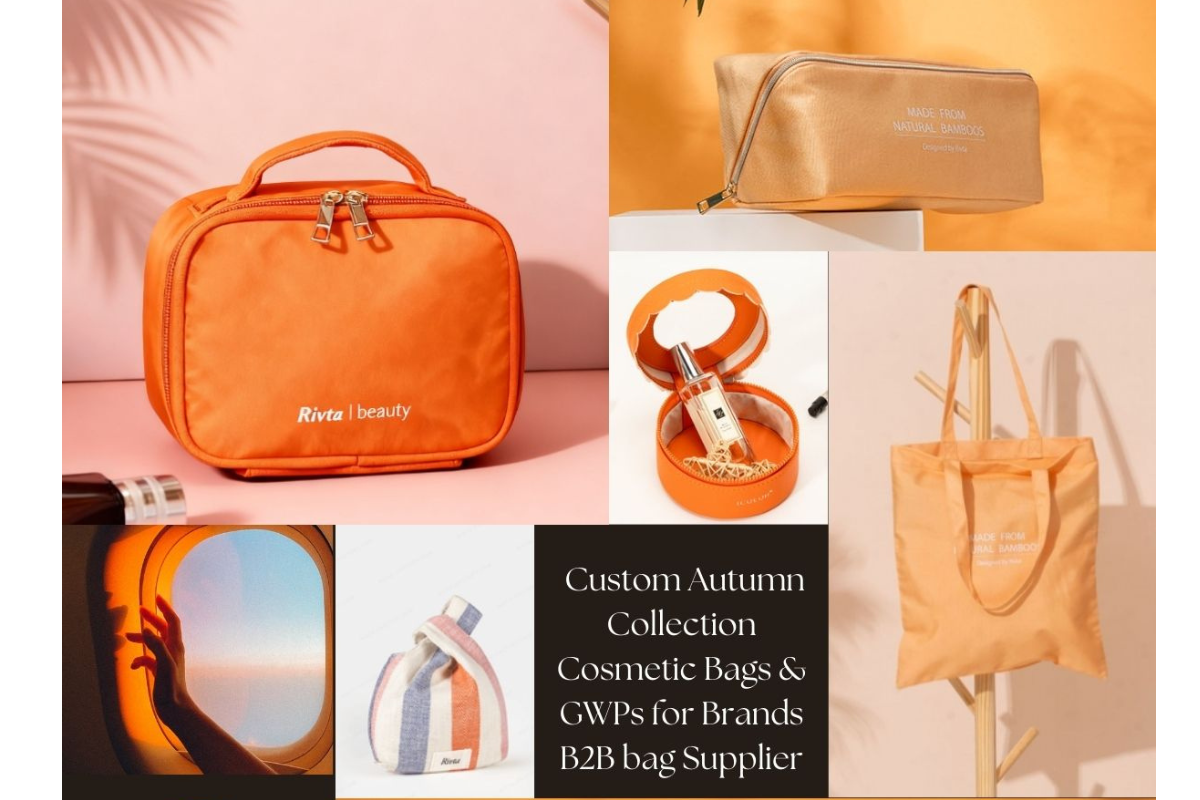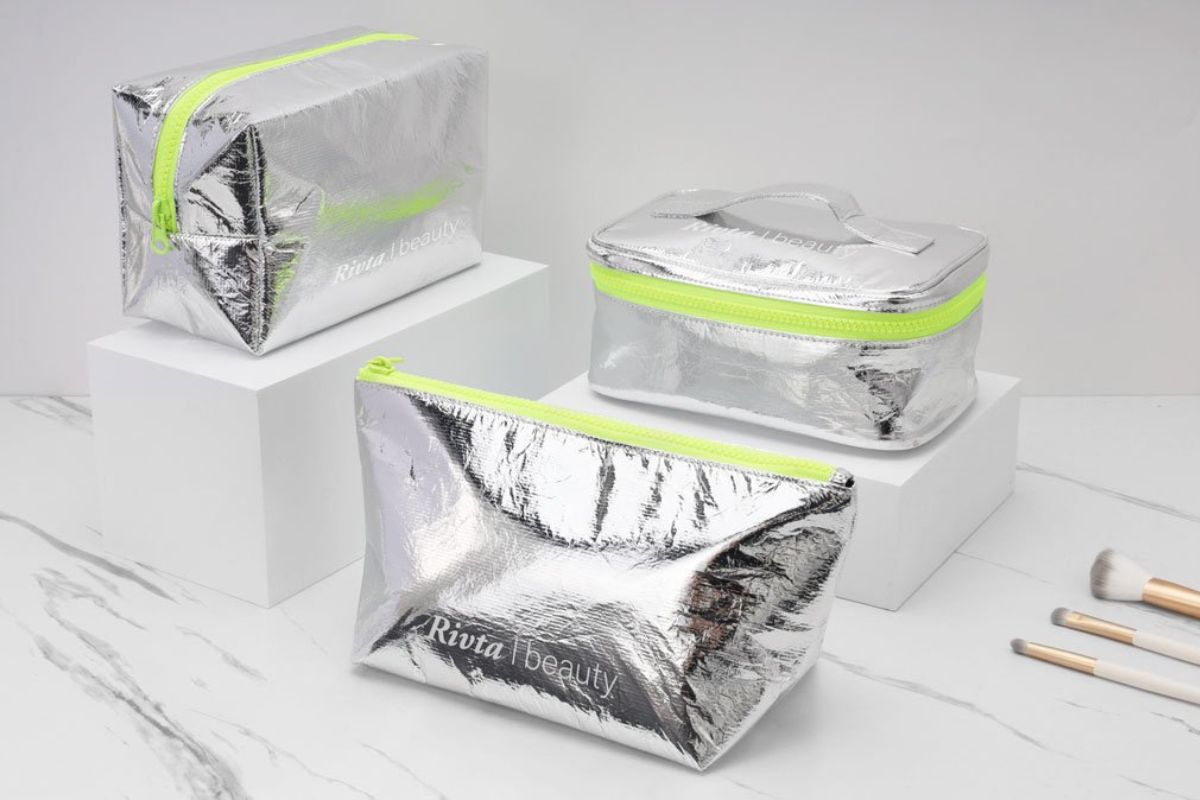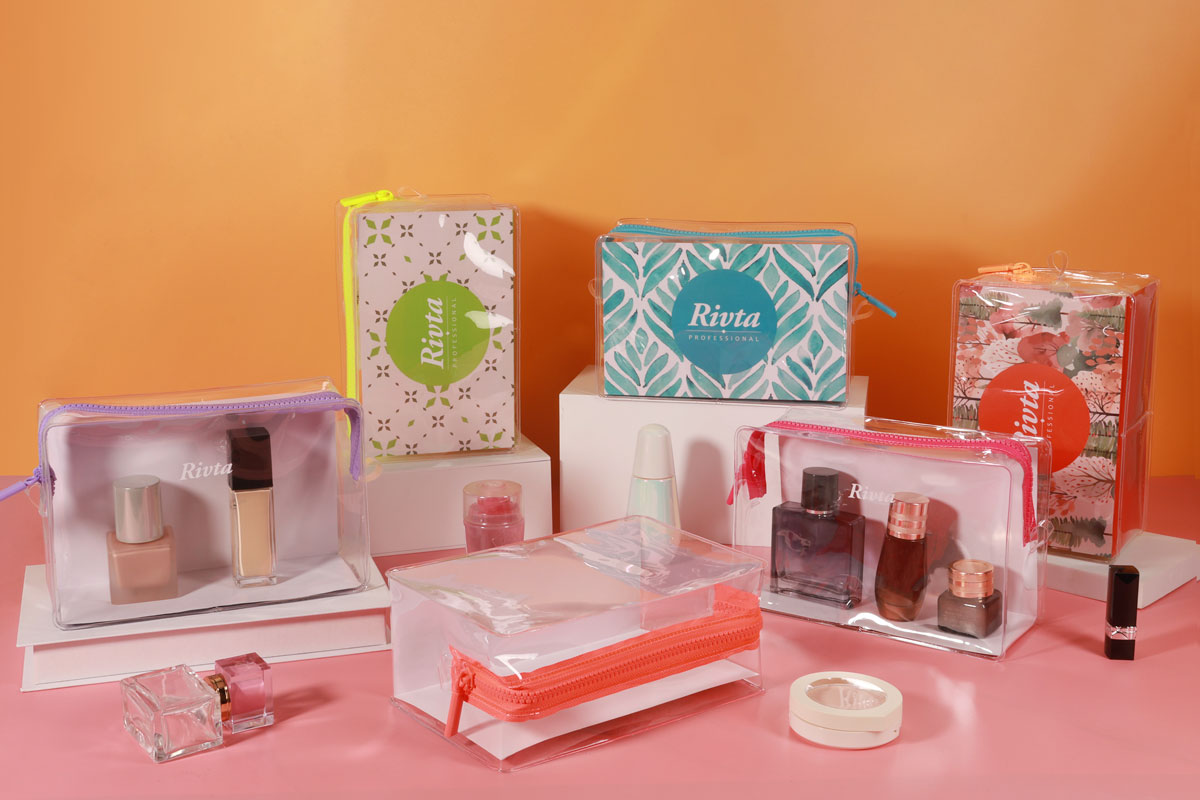Not All Clear Bags Are Created Equal: A Factory's Guide to PVC vs. TPU?
As a brand owner, you want to use clear bags, but you hate the idea of cheap, toxic plastic. You worry that using common PVC bags will tarnish your brand's sustainable reputation.
The truth is, not all transparent materials are the same. For a superior, eco-friendly option, Thermoplastic Polyurethane (TPU) is the answer. It’s a durable, flexible, and non-toxic material that outperforms and outlasts Polyvinyl Chloride (PVC), making it the ideal choice for quality-conscious, sustainable brands.
I’ve been manufacturing eco-friendly bags since 1990, and I’ve seen firsthand how material choice defines a product. I remember working with Alisa, the founder of an Australian natural personal care brand. With her background in interior design, she has a sharp eye for aesthetics and an unshakeable commitment to sustainability. She came to us needing a clear bag for a new gift set but was adamant about one thing: no PVC. She knew that PVC would feel cheap, yellow over time, and contradict her brand's green mission. She needed a material that was both beautiful and responsible. This is the exact challenge many brand founders face. The choice between TPU and PVC isn't just a technical detail; it's a decision that reflects your brand's core values.
Which is better TPU or PVC clear bags?
You're choosing between TPU and PVC for your clear bags, but they look similar at first glance. You fear making the wrong choice, leading to cracked bags, unhappy customers, and a product that feels cheap.
TPU clear bags are definitively better. They are far more durable, remain flexible in cold weather, and resist abrasion and yellowing. PVC is a cheaper initial option, but it easily cracks, becomes brittle, and can release harmful chemicals, offering a lower-quality user experience.
When you are putting your brand name on a product, the quality of that product speaks for you. While PVC and TPU can look similar on a factory spec sheet, their performance in the real world is worlds apart. We’ve shipped bags all over the globe, from the cold winters of Europe to the sunny climate of Australia. Bags made from PVC often result in customer complaints because they become stiff and crack in the cold. TPU, however, maintains its softness and flexibility. Aesthetically, TPU holds its crystal-clear look, while PVC often yellows when exposed to sunlight, making your product look old and cheap. For Alisa’s premium personal care brand, the soft, luxurious feel and lasting clarity of TPU were non-negotiable. It supported the high-end image she wanted to project.
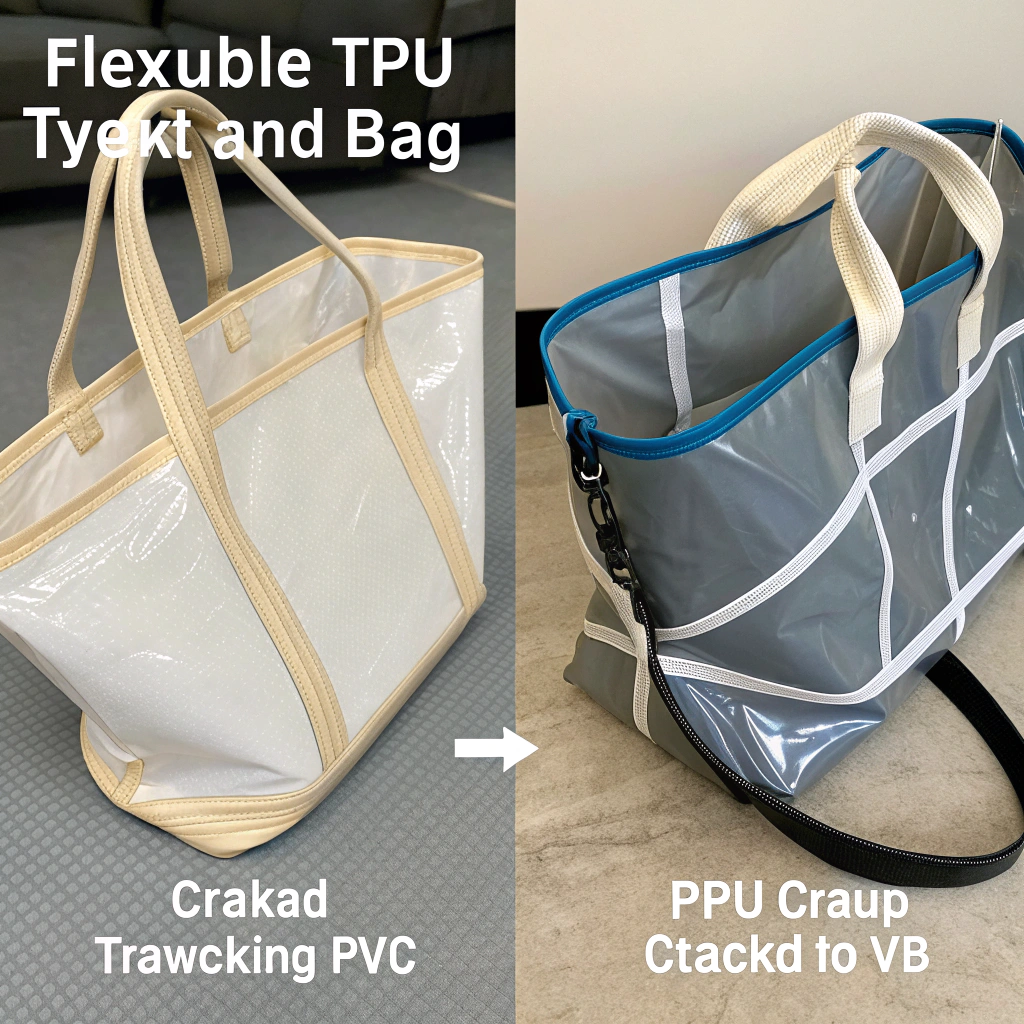
| Feature | TPU (Thermoplastic Polyurethane) | PVC (Polyvinyl Chloride) |
|---|---|---|
| Durability | Excellent; resists tears & abrasion | Poor; becomes brittle, cracks easily |
| Flexibility | Remains soft and flexible in cold | Becomes stiff and cracks in cold |
| Eco-Friendliness | Non-toxic, recyclable, some are biodegradable | Contains chlorine, releases harmful toxins |
| Appearance | Resists yellowing from UV exposure | Yellows quickly in sunlight |
| Feel | Soft, smooth, premium feel | Stiff, plastic-like, can be sticky |
Which is better, PVC or TPU?
You hear a lot about different plastics but the technical details are confusing. You need to know which material is genuinely better for your products and the planet, but the information is often too complex.
TPU is a fundamentally better material than PVC. It is an advanced polymer that is non-toxic and environmentally friendlier. PVC is a widespread, low-cost plastic known for its negative environmental and health impacts due to its chlorine content and plasticizers.
At our factory, we encourage clients to look beyond the surface. Understanding the basic nature of these two plastics makes the choice easy. PVC is one of the oldest and most widely used plastics, largely because it's cheap to produce. However, its core component is chlorine, which creates toxic byproducts like dioxins during its production and disposal. It also requires chemical additives called plasticizers to make it flexible, which can leach out over time. This is why some PVC products have a strong chemical smell. In contrast, TPU is a modern engineering marvel from the polyurethane family. It is inherently flexible, so it doesn't need those toxic plasticizers. It is more stable, safer for consumer products, and leaves a much smaller environmental footprint. For brands like ours, with a "Green Mission, Global Win-Win" slogan, promoting TPU over PVC is a core part of our commitment to sustainability.
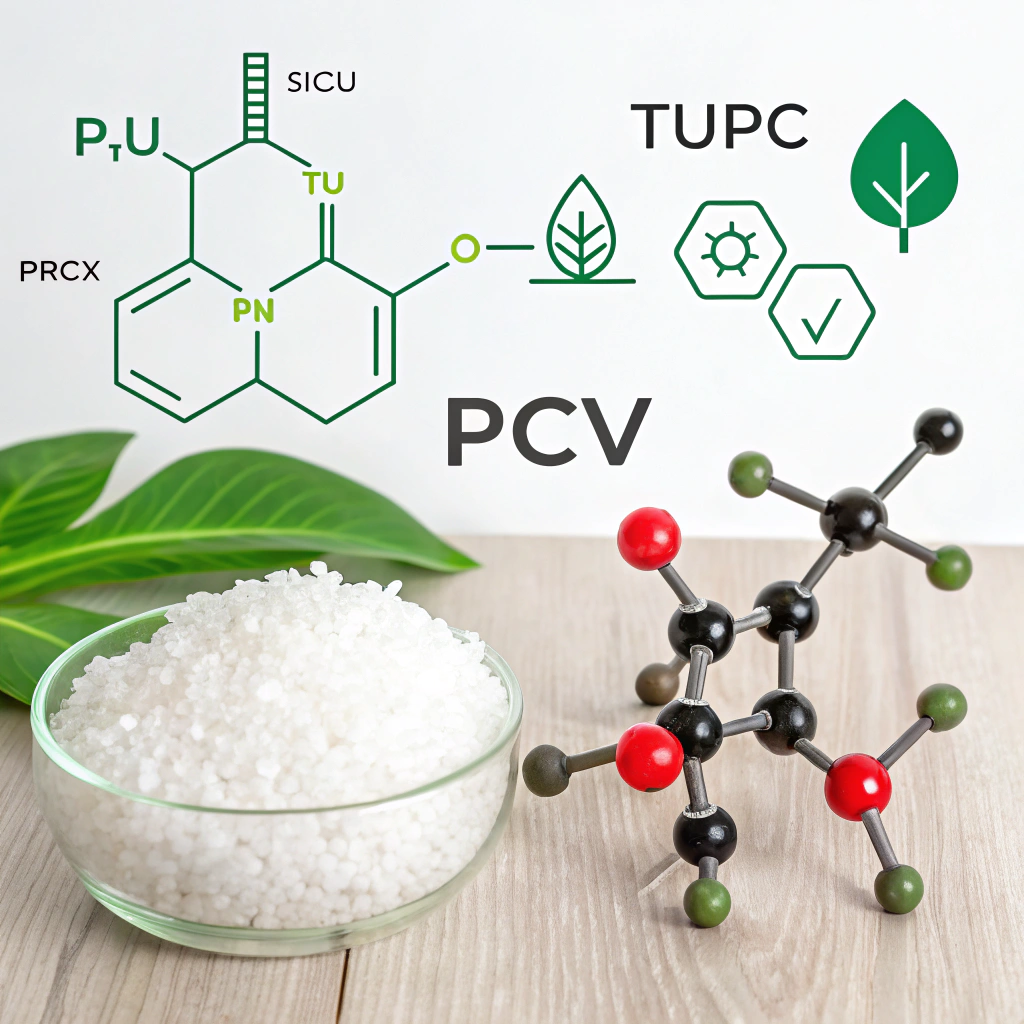
What is the difference between TPU and PVC patches?
You want to add a branded patch to your bags, but you see options for both TPU and PVC. You're worried the patch might look cheap or fall apart, undoing all the effort you put into the bag's quality.
The main difference is quality and feel. TPU patches have sharp, clean details, a soft and flexible texture, and are extremely durable. PVC patches are stiffer, can have less defined edges, and may crack or peel over time, especially when stitched onto fabric.
The branding details on a product are just as important as the main material. When it comes to patches, the difference between TPU and PVC is immediately noticeable to the touch. We often create custom zipper pullers and logo patches for our clients. TPU patches can be molded with incredible precision, resulting in sharp logos and text. They have a sophisticated, rubber-like feel that integrates beautifully onto both fabric and clear bags. They are also tough enough to withstand machine washing and constant use. PVC patches, on the other hand, tend to be rigid. This stiffness can be a problem, especially when sewn onto a flexible bag, as the stitching points can become stressed and cause tearing. They also lack the subtle, premium finish of TPU. Alisa chose a frosted TPU patch for her bags, which added a touch of refinement that a shiny, hard PVC patch never could.
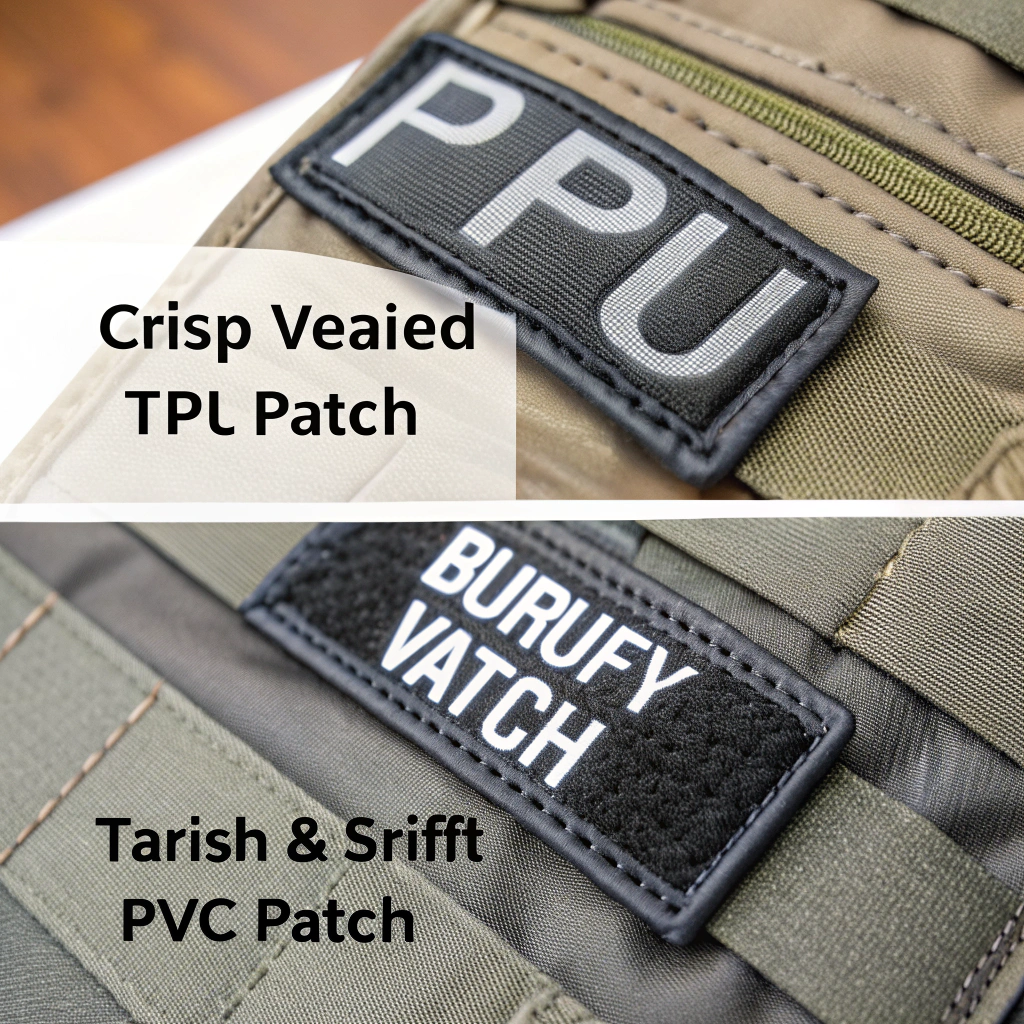
What is TPU material in bags?
You keep hearing about TPU as a premium material, but you don't really know what it is. Without understanding its properties, you can't confidently explain to your customers why your bags are better and worth the price.
TPU, or Thermoplastic Polyurethane, is a high-performance polymer used in bags for its unique blend of properties. It is essentially a bridge between rubber and plastic, making it exceptionally durable, flexible, smooth, and resistant to abrasion, oils, and liquids.
Think of TPU as the best of both worlds. It has the strength and durability of plastic, but the softness and flexibility of rubber. This is why it's used in high-performance applications like sporting goods, medical devices, and premium phone cases. When we use it to make bags at our Rivta factory, it translates into a product that our clients can be proud of. A TPU bag won't easily tear or get scuffed. It can be folded or squashed into a suitcase and will bounce back to its original shape without creasing or cracking. Because it's water-resistant and non-porous, it's perfect for cosmetic and toiletry bags, as it protects the contents inside and is incredibly easy to wipe clean. By choosing TPU, you are not just choosing a clear plastic; you are choosing an advanced material engineered for longevity and performance.
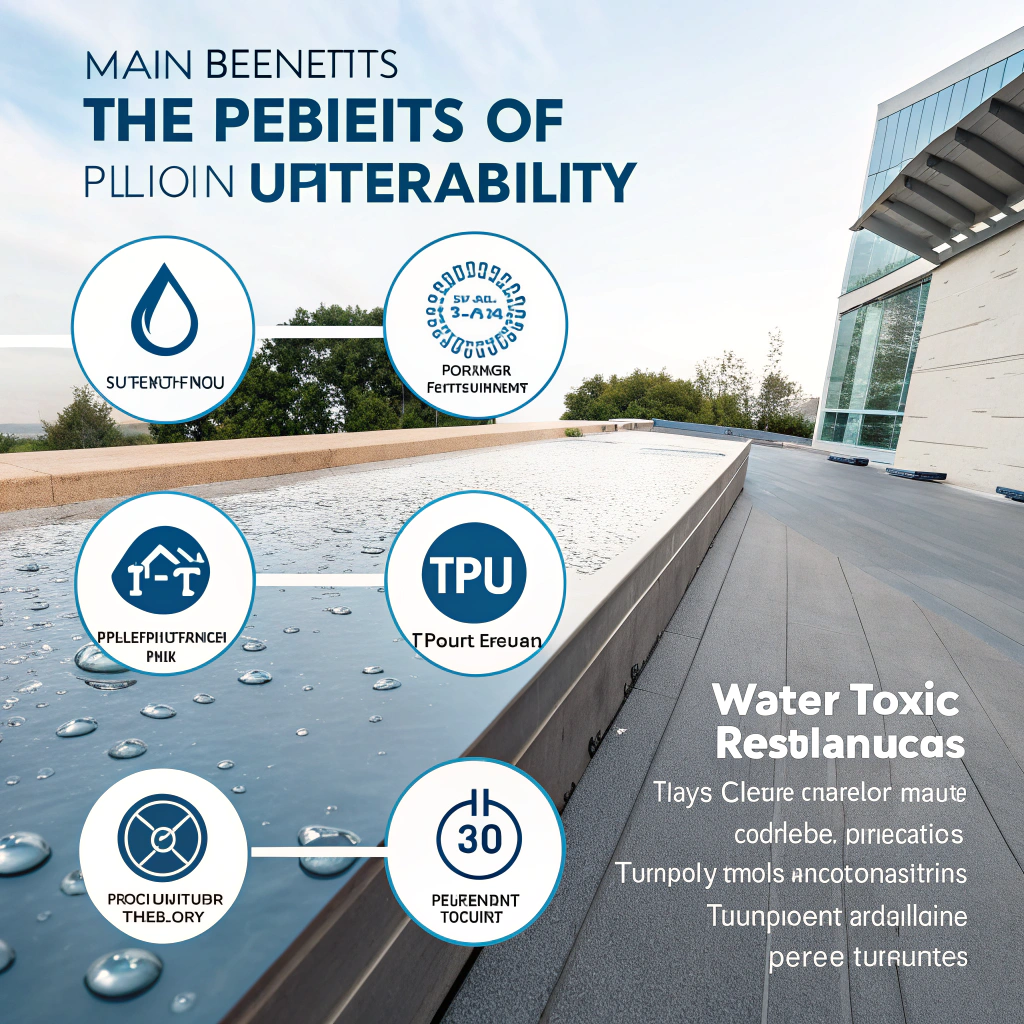
Conclusion
Choosing TPU over PVC is a clear decision for any brand focused on quality and sustainability. It ensures your products are durable, safe, and environmentally responsible, protecting both your customers and your brand’s reputation.

